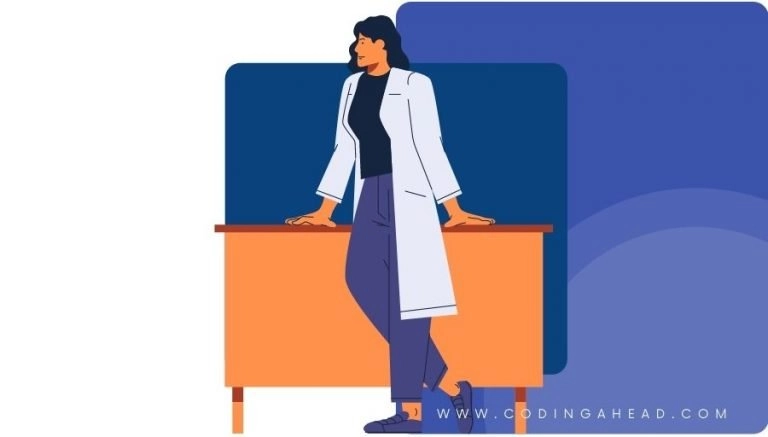How To Use CPT Code 15101
CPT code 15101 describes the procedure for a split-thickness autograft from the trunk, arms, or legs. This article will cover the description, procedure, qualifying circumstances, appropriate usage, documentation requirements, billing guidelines, historical information and billing examples.
1. What is CPT Code 15101?
CPT 15101 is a code used to describe the procedure for a split-thickness autograft from the trunk, arms, or legs. This procedure involves harvesting a thin layer of skin, approximately 0.01 to 0.015 inches in depth and 100 cm2 in area (or each additional 1 percent body area of an infant or child), from the patient’s donor site. The harvested skin is then transplanted to a burn or wound site of the same patient to provide closure. It is important to note that this code is listed separately in addition to the code for the primary procedure.
2. Official Description
The official description of CPT code 15101 is: ‘Split-thickness autograft, trunk, arms, legs each additional 100 sq cm, or each additional 1% of body area of infants and children, or part thereof (List separately in addition to code for primary procedure).’ This code was added to the Current Procedural Terminology system on January 1, 1990.
3. Procedure
The procedure for CPT code 15101 involves the following steps:
- The provider uses a dermatome to harvest a split-thickness autograft from the trunk, arms, or legs.
- The harvested skin is approximately 0.01 to 0.015 inches in depth and 100 cm2 in area (or each additional 1 percent body area of an infant or child).
- The harvested skin is then transplanted from the patient’s donor site to a burn or wound site of the same patient to provide closure.
4. Qualifying circumstances
CPT 15101 is used for patients who require a split-thickness autograft from the trunk, arms, or legs. This procedure is typically performed on patients with burns or wounds that require closure. The size of the graft is measured in increments of 100 cm2 or each additional 1 percent body area of an infant or child. It is important to note that this code should be listed separately in addition to the code for the primary procedure.
5. When to use CPT code 15101
CPT code 15101 should be used when a provider performs a split-thickness autograft from the trunk, arms, or legs. This code is used for each additional 100 cm2 or each additional 1 percent body area of an infant or child. It is important to note that this code should be listed separately in addition to the code for the primary procedure.
6. Documentation requirements
To support a claim for CPT code 15101, the provider must document the following information:
- The need for a split-thickness autograft from the trunk, arms, or legs
- The size of the graft in increments of 100 cm2 or each additional 1 percent body area of an infant or child
- The date and details of the procedure
- The location of the donor site and the burn or wound site
- Any complications or additional procedures performed
- Signature of the provider performing the procedure
7. Billing guidelines
When billing for CPT code 15101, it is important to ensure that the procedure meets the criteria for a split-thickness autograft from the trunk, arms, or legs. This code should be listed separately in addition to the code for the primary procedure. It is important to note that modifier 50 should not be appended to add-on codes when a procedure is performed bilaterally; instead, the add-on code should be reported twice.
8. Historical information
CPT code 15101 was added to the Current Procedural Terminology system on January 1, 1990. There have been two code changes since its addition, with the most recent change occurring on January 1, 2007.
9. Examples
- A patient with a burn on their leg requires a split-thickness autograft. The provider harvests a 150 cm2 graft from the patient’s leg and transplants it to the burn site.
- A child with a large wound on their arm requires a split-thickness autograft. The provider harvests a 2 percent body area graft from the child’s arm and transplants it to the wound site.
- A patient with burns on their trunk and legs requires split-thickness autografts. The provider harvests a 200 cm2 graft from the trunk and a 150 cm2 graft from each leg, transplanting them to the respective burn sites.
- A child with burns on their arms and legs requires split-thickness autografts. The provider harvests a 1 percent body area graft from each arm and a 2 percent body area graft from each leg, transplanting them to the respective burn sites.


